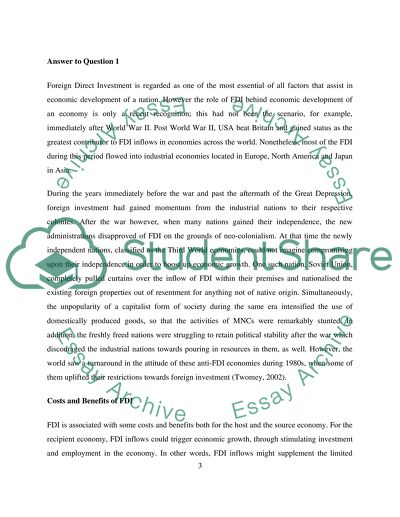Cite this document
(“Foreign Direct Investment Assignment Example | Topics and Well Written Essays - 2750 words”, n.d.)
Retrieved de https://studentshare.org/macro-microeconomics/1390361-foreign-direct-investment
Retrieved de https://studentshare.org/macro-microeconomics/1390361-foreign-direct-investment
(Foreign Direct Investment Assignment Example | Topics and Well Written Essays - 2750 Words)
https://studentshare.org/macro-microeconomics/1390361-foreign-direct-investment.
https://studentshare.org/macro-microeconomics/1390361-foreign-direct-investment.
“Foreign Direct Investment Assignment Example | Topics and Well Written Essays - 2750 Words”, n.d. https://studentshare.org/macro-microeconomics/1390361-foreign-direct-investment.


